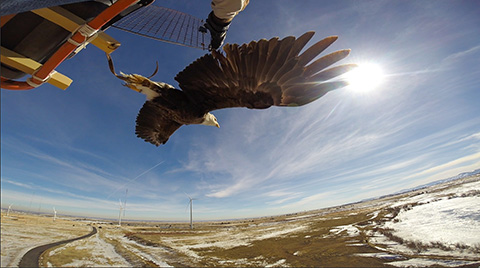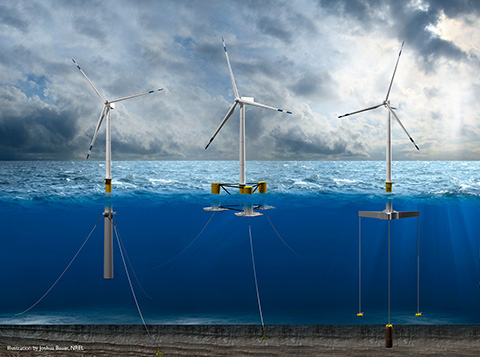Subject Index - Publication Policies and Services
508 compliance
As a leading, respected national laboratory, NREL must ensure that its publications and content are accessible to all people. Specifically, we must ensure that everything is “508 compliant.”
What It Means
In 1998, Congress amended the Rehabilitation Act of 1972 to require federal agencies to make their electronic and information technology accessible to people with disabilities. For example, individuals using assistive technology (such as JAWS, a computer screen reader program) can read a document that is 508 compliant.
What It Involves
All graphs, graphics, animations, fact sheets, and so on must be accessible. Further, videos, animations, and audio files must be 508 compliant. These media types require text versions.
Working with a communications representative will ensure that your content goes through the proper process and is 508 compliant before publishing.
**Don’t Forget To Add Alt Text!**
A key part of ensuring 508 compliance involves adding alt text for every figure and photo in technical reports, fact sheets, articles, webpages, social media, and so on. Alt text provides a semantic meaning or description of the image. It can also be read by search engines.
Keep It Simple
Imagine if, instead of reading a document, you had to listen to it being read to you. By keeping this in mind, you can write alt text that is clear and descriptive. To help, see the following examples of alt text—one for a photo and one for an illustration. For more complicated figures or graphs, try to provide a high-level overview of what is being shown (versus describing every detail).

Alt text: Eagle flying out of a cage with wind turbines in the background.

Alt text: Illustration of spar-buoy, barge, and tension-line floating offshore wind turbines in the ocean, with foundations anchoring them to the seabed.
For more information on accessibility and alt text, review NREL’s Communication Standards.
Google Earth and Google Maps
When using satellite images from Google Earth and terrain images from Google Maps, include attribution to Google, which is included in Google images with copyright notices such as "© 2009 Google, Map Data © 2009 Tele Atlas." The Google logo and attribution text can be removed if they are added elsewhere within the image content.
In print, if attribution cannot be placed on the image or map, separate attribution text must be provided directly adjacent to it.
In video, attribution must appear on-screen for the duration of the time the map or image is shown; including attribution in end credits only does not suffice.
If the Google Earth image is altered (e.g., text or graphics are added), the image is legal only if Google Earth software is used to make the alteration and correct attribution is included. Any other alteration of the image using any other software is strictly prohibited.
Derivative works cannot be created. For example, NREL cannot combine multiple static map images to show a larger map.
sources
Include the sources of all figures and tables that were originally published by others, especially those outside NREL. If figures or tables come from a copyrighted publication, you may need permission to reproduce them. Add the source at the end of a figure caption or in a note following a table.
Write out the source in full, as in the example, if it is not in your reference list or bibliography. If it is in the reference list, use one of these styles.
Source: Ref. 19. (for numbered references)
Share

